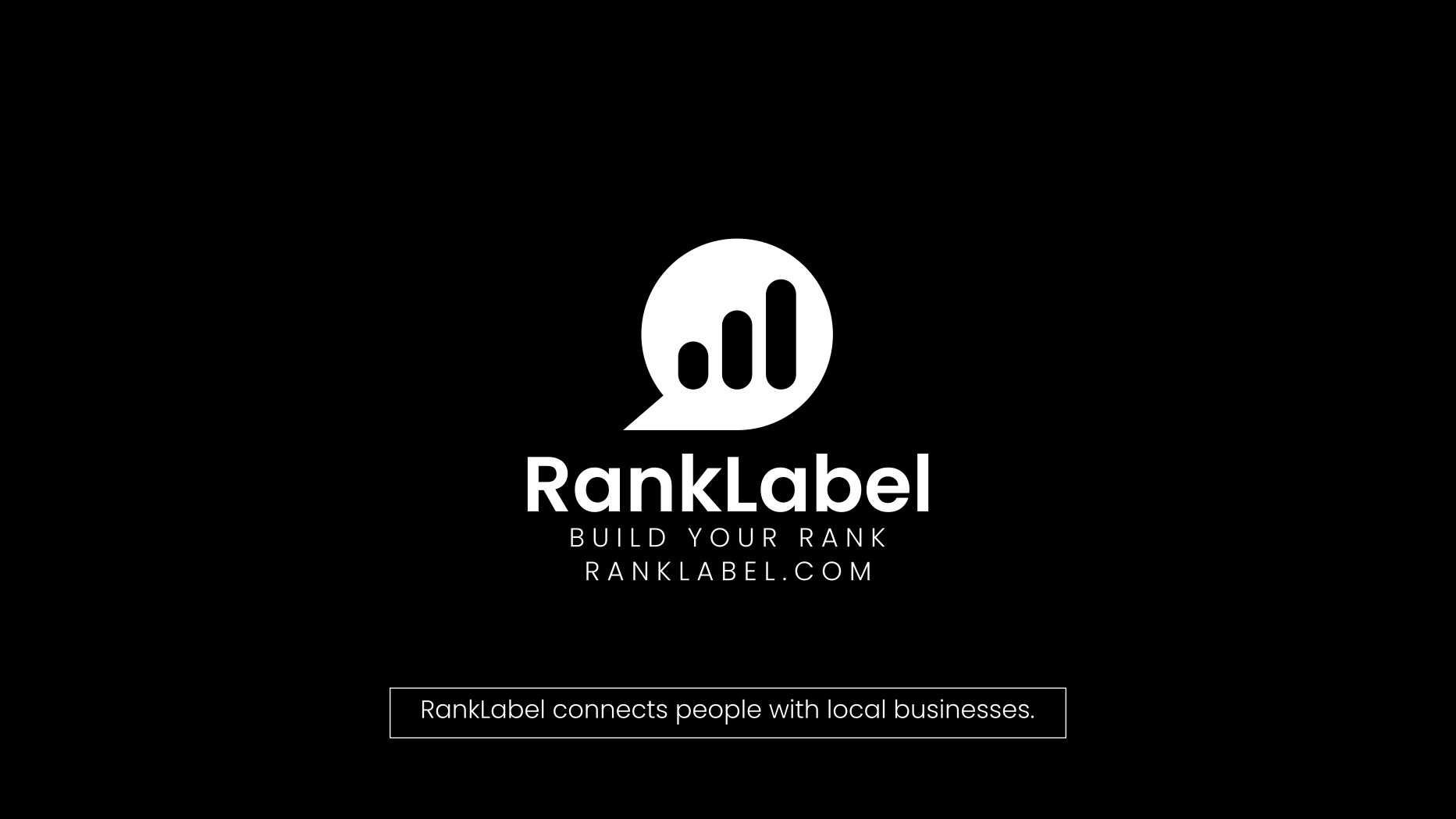From Bel-Air to the Boardroom: The Evolution of 3D Printing in Business

Just like Will Smith felt the ground shake under his throne when he moved to Bel-Air, businesses today might feel the ground shaking as 3D printing revolutionizes product development and manufacturing. This isn't just about plastic gimmicks or novelty items; we're talking high-stakes, precision manufacturing that can be as game-changing as the Fresh Prince's transition from Philly to the posh neighborhoods of Los Angeles.
The Rise of Sustainable 3D Printing Solutions
The concept of sustainability in 3D printing isn't just about using biodegradable materials. It also encompasses a transformative approach to manufacturing that reduces waste, energy consumption, and carbon footprint. By integrating 3D printing technologies, companies are not only embracing eco-friendliness but also boosting efficiency and innovation.
Why Sustainability Matters in 3D Printing
In the words of Uncle Phil, "You have got to take responsibility for your actions," and this is exactly what sustainable 3D printing does. It takes responsibility for environmental impact while offering a smarter way to create products.
Benefits of Sustainable 3D Printing
- Reduction in material wastage
- Decreased energy usage
- Lower emissions of CO2
- Enhancement of supply chain efficiencies
Each of these benefits not only contributes to a healthier planet but also aligns with the growing consumer demand for environmentally responsible products and practices.
3D Printing for Accelerated Product Development
Imagine if Will had a magic printer in the Banks' mansion that could manifest his ideas into real products overnight. That's essentially what modern businesses experience with 3D printing technologies. From initial concept to physical prototype, the journey has never been quicker.
The Role of 3D Printing in Prototype Development
By drastically reducing the time needed to develop prototypes, 3D printing ensures that businesses can iterate faster and more effectively. This velocity is critical in today’s market where speed to production can be a competitive advantage.
Key Stages of 3D Printed Prototype Development
- Conceptualization
- Design and 3D Modeling
- Rapid Prototyping
- Testing and Refinement
Following this streamlined approach, companies can bring products to market faster than ever, much like how quickly Will adapted to his new life in Bel-Air.
Ensuring Precision in Manufacturing with 3D Printing
Just as Geoffrey the butler ensured everything in the Banks' house was in perfect order, precision 3D printing ensures that every detail of a product meets stringent quality standards.
Advantages of High Precision in 3D Printing
This high level of accuracy is crucial for industries where the smallest discrepancy can lead to significant issues, such as in aerospace, automotive, and medical devices.
Examples of Precision 3D Printing Applications
- Aerospace components
- Customized automotive parts
- Surgical aids and implants
- High-detail models for architecture and design
With precision 3D printing, businesses are not only ensuring quality but are also able to exploit complex designs that traditional methods would not allow.
Tags: Sustainable 3D printing solutions, 3D printing for product development, Quick turnaround 3D printing, Prototype development services, Precision manufacturing with 3D printing










